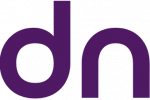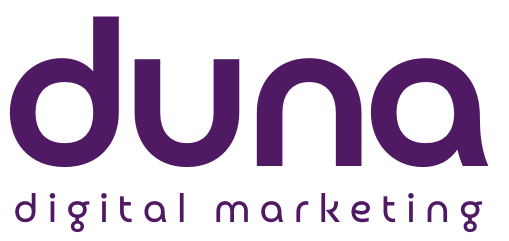In the fast-paced world of e-commerce, creativity is essential—but it’s data that drives results. Instagram may look like a visual playground, but under the hood, it’s a treasure trove of performance insights. The key to turning likes into leads and posts into purchases lies in choosing the right analytics tools.
In this article, we’ll cover the most powerful Instagram analytics tools for e-commerce and how agência de marketing, agência de tráfego pago and companies specializing in criação de sites can use them to boost ROI.
Why Analytics Matter in E-commerce
Tracking your performance on Instagram helps you:
Identify top-performing content
Understand customer behavior
Optimize ad spending
Align social content with your website’s conversion funnel
Whether you’re managing a small shop or working in agências de marketing, these insights are non-negotiable for scaling results.
1. Instagram Insights (Native Tool)
Best for: Beginners and small businesses
Features:
Follower demographics
Engagement metrics (likes, saves, shares)
Performance by post, story, or reel
Use it for:
Quick checks on what content drives traffic or product interest.
Tip: If your team handles website creation, sync Instagram Insights with Google Analytics to get a full picture of traffic and sales attribution.
2. Iconosquare
Best for: Detailed content and follower analytics
Features:
Follower growth and loss tracking
Scheduling with performance forecasts
Competitive benchmarking
Why e-commerce loves it:
It provides deep insights into engagement and brand health—ideal for refining content strategies over time.
Marketing agencies often rely on Iconosquare for multi-account tracking and reporting to clients.
3. Hootsuite Analytics
Best for: Teams managing multiple platforms
Features:
Advanced Instagram reporting
Goal tracking
Cross-channel analytics (IG, Facebook, LinkedIn, etc.)
Why it’s great for agencies:
It allows agências de tráfego pago to analyze campaign performance across all channels in one place—ideal for full-funnel optimization.
Bonus: Hootsuite integrates easily with e-commerce platforms and can inform both ad strategy and website creation decisions.
4. Sprout Social
Best for: Professional reporting and customer insight
Features:
Custom report generation
Hashtag tracking
Customer sentiment analysis
Why it matters:
Understanding how users feel about your brand can shape everything—from product pages to ad creatives. It’s a go-to for high-growth e-commerce brands and marketing agencies looking for insights beyond numbers.
5. Later Analytics
Best for: Visual learners and content-focused teams
Features:
Post and story analytics
Best time to post
Linkin.bio click tracking
Use it to:
Track which types of content (e.g., product demos, testimonials) lead to clicks and conversions. This is extremely helpful for agências de tráfego pago trying to improve ROAS, and for site teams optimizing landing pages in the website creation phase.
How to Put Analytics into Action
Once you’ve gathered the right data, here’s how to use it:
Adjust posting schedules based on peak engagement times
Test different CTAs and creatives in ads
Refine your product page design by analyzing bounce rates and click-through behavior from Instagram
Report results with visuals for stakeholders or clients
For marketing agencies, clear reporting builds trust and shows real value. For solo entrepreneurs, it shows where to invest time and money.
Final Thoughts
If you’re running e-commerce campaigns on Instagram without tracking the numbers, you’re flying blind. The right analytics tools can show you exactly what’s working and what needs to change.
Whether you’re an online retailer, a member of an agency, or a developer focused on website creation, using Instagram analytics is essential to improving performance, maximizing ROI, and driving meaningful growth.


